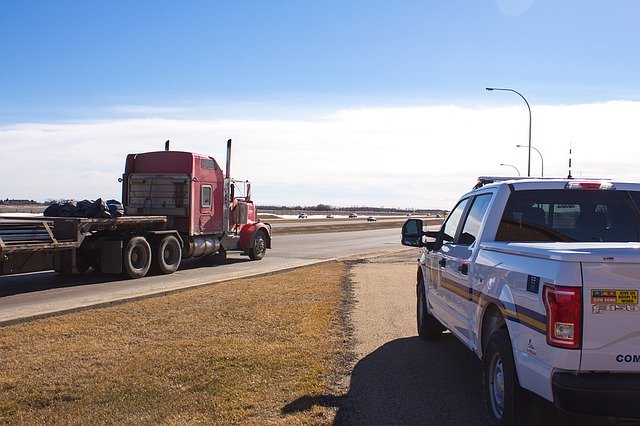By Al Muskewitz
Truckers, have your papers ready and up to date.
The Commercial Vehicle Safety Alliance’s 33rd annual International Roadcheck gets underway in a couple months and this year’s point of emphasis is one of the most basic elements to all of trucking.
The 72-hour campaign this year will be held across North America May 5-7 – the earliest ever, to escape the summer heat in some jurisdictions – and the primary focus of inspectors will be driver requirements, largely because it’s the first Roadcheck since electronic logging devices went into full mandate last December.
While inspectors can put drivers and vehicles out-of-service for any safety issue uncovered during their roadside inspection, particular attention will be paid to things like valid CDLs, up-to-date (and available) medical certificates and accurate hours of service records, items that produced the top violations for drivers put out of service in last year’s Roadcheck. It will be important not simply to have the documentation or ELD in the truck, but the driver must know where to locate it and how to properly operate it.
“What I’m telling people now is if you want to get ready for Roadcheck make sure your driver has everything he needs, especially in this electronic age,” said Kerri Wirachowsky, the director of the CVSA’s roadside inspection program. “And know where it is and how to get it.”
There were more than 67,000 inspections conducted during last year’s Roadcheck, where the focus was on steering and suspension systems, with nearly 18 percent of vehicles and four percent of drivers placed out-of-service for critical violations. The inspections identified 1,111 OOS conditions for the focused issue. The top two driver OOS conditions related to hours of service and wrong class of license. Those passing the inspection have a CVSA decal applied to their truck.
International Roadcheck is the largest targeted enforcement program on commercial vehicles in the world with approximately 17 trucks and buses inspected on average every minute in Canada, Mexico and the United States during the 72-hour period, the CVSA said. More than 1.6 million roadside inspections have been conducted since the Roadcheck’s inception in 1988.
The odds of being stopped for inspection, officials said, may be only “slightly” greater than any other day because the program is in effect, but drivers should remain vigilant. Even if some drivers opt to stay off the road during the three Roadcheck days, CVSA president Sgt. John Samis of the Delaware State Police reminded inspections still take place “the day before International Roadcheck starts, the day after it ends, as well as any other day of the year.”
“I’ve always been asked the question of a Roadcheck, how can you announce it, everybody knows it’s coming so they’re going to either fix their truck beforehand or they’re going to do well for those three days or whatever the case may be,” Wirachowsky said. “I get that to a point, but then I’ve often said, well, if you fix your truck once a year because you know Roadcheck’s coming, at least you know Roadcheck’s coming and you fix your truck once a year.”
The data collected provides a benchmark for the industry as a whole and a roadmap for guidance and education, which makes it important to not just target observable potential violators for the inspections, and many compliant vehicles and drivers get caught in the net. No particular geographic region will be targeted over another during the event; of course, there will be more inspections where there is larger opportunity, so, for example, one could expect more inspections in Ontario than Prince Edward Island or in Texas than Rhode Island.
“The key is getting everybody perfectly safe,” said Wirachowsky, a former inspector. “My job was to go out there and find violations and find violators, but you’re striving for the day where, basically from my perspective, it’s impossible to go out and find violations because the industry is doing so well complying on their own.
“Industry strives for that and enforcement has to happen sometimes to try to get them there. It’s not like our whole job is to try to hide behind the trees, jumping out and trying to catch the guy who’s doing wrong. Hopefully, we can’t catch him because he’s not doing anything wrong.”
Al Muskewitz is Editor for Wright Media Corp. He can be reached at musky@wrightmediacorp.com
Roadcheck Inspectors Looking at All, but Focusing on Requirements


Be the first to comment on "Roadcheck Inspectors Looking at All, but Focusing on Requirements"